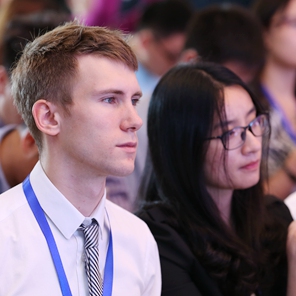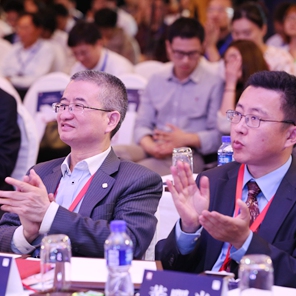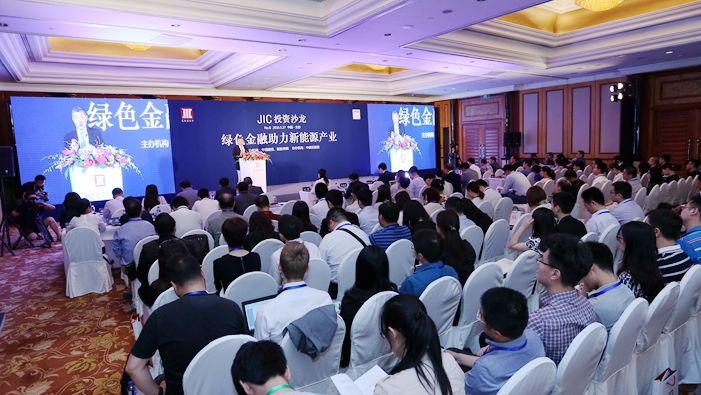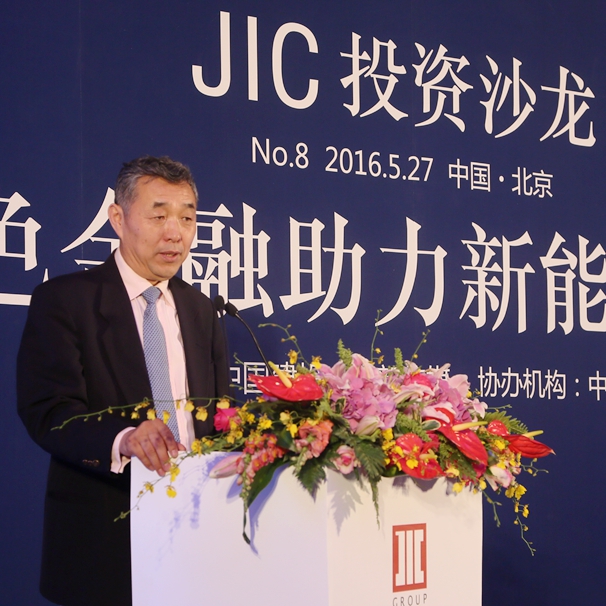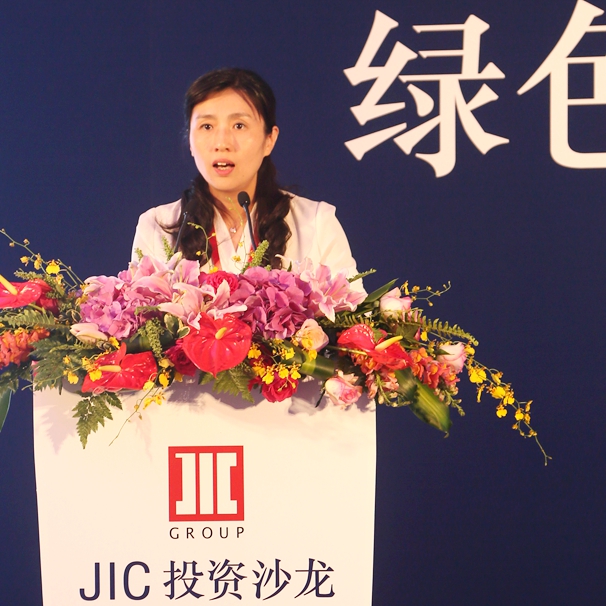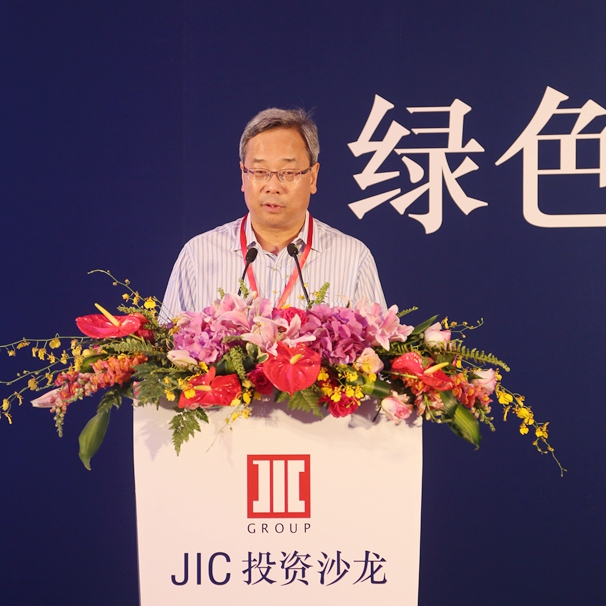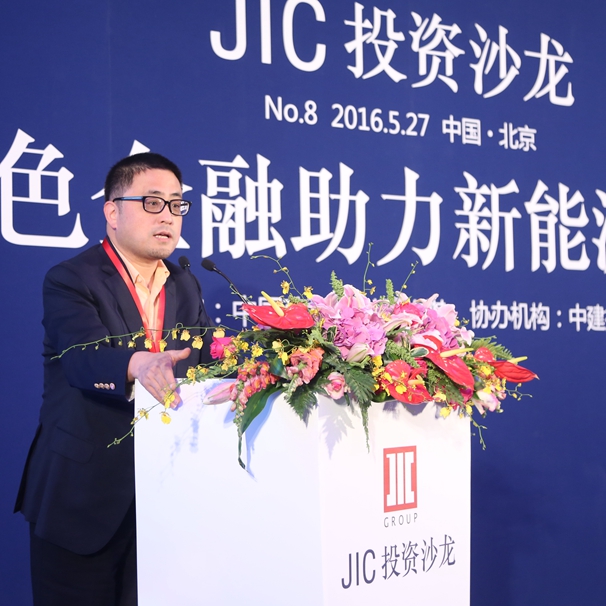Qin Qun(General Manager of JIC Leasing)
Future trends of the solar PV industry: Firstly, the industry will be heading towards distributed solar PV. Although in the short run China’s total PV installed capacity will continue to be dominated by concentrated PV, distributed solar PV is likely to experience rapid development in the future due to the vicinity of production and consumption and hence lesser pressure for transmission. It also has an advantage in helping to meet the electricity needs of remote regions. Secondly, solar PV distribution will gradually shift from China’s western region to the central and eastern regions. With the wider application of distributed solar PV in the future, the central and eastern regions might catch up to or even surpass the western in terms of total PV installed capacity. Thirdly, development will shift from a model of unbridled extensive growth to one driven by technology.
Main approaches through which financial leasing can serve solar PV plants:
The first approach refers to the provision of financing services to concentrated and distributed PV plants through direct lease and leaseback, which can cover both the period of construction and be extended to the operational stage. The second approach involves the combination of equity and debt financing. Sharing of the power plants’ long-term returns can be achieved through combining financial leasing and investment in equity. However, shareholding withdrawal mechanisms are usually arranged ahead of time within the transactional structure and there usually won’t be substantive involvement in the management of the plants. The third approach involves venture capital. VC in combination with financial leasing further increases the leverage and results in higher returns. Through leveraging the professional and managerial experiences of VC funds, the leasing companies can also better discern high-quality projects. The fourth approach involves an integration with P2P financing. Although there have been prior examples within the industry, the practice is at an exploratory stage and accounts for a small portion. The approach also remains controversial and requires further examination.
Key risks associated with solar PV plants:
Firstly, there is the risk of wasting electricity. In the past two years, China’s western region have been plagued with cases of abandoned electricity generated from solar power plants, and the country’s northeast and southwest have also seen increasing risks in this regard. The National Development and Reform Commission has devised a solution of long-distance transmission & consumption in the immediate vicinity, with the latter being the bigger emphasis. However, it will still be some time before the measures take effect.
Secondly, there is the uncertainty of the subsidies for electricity generation. According to estimates, from 2016 to 2020, the annual demand for solar PV subsidies stand at 76.2 billion yuan, placing a heavy strain on government finances, which can provide roughly 60 billion yuan in renewable energy subsidies annually. In 2016, subsidies available for solar power generation stood at a mere 18.6 billion yuan. Therefore, the lack of subsidies for solar PV plants is evident and will likely remain so in the short term.
Thirdly, there is the risk of variance in construction costs. There is substantial room for variation in the costs of solar power generation equipment in the future. Decreases in assembly and installation costs alone may reduce the overall costs of solar power plants by 5-10% annually. As a result, the returns on investment from newly-built solar PV plants may exceed those of existing ones, leading to a decline in liquidity.
Fourthly, there is the risk of inferior quality. In recent years, solar PV manufacturers have taken a slew of measures to lower costs, and the surge in the number of solar plant installations have also been quite demanding, resulting in inferior quality at times and thereby increasing the operational risks of the plants.
Fifthly, there is the risk of liquidity. Due to the lag in subsidies and prevalence of electricity abandonment in many parts of the northwest, some enterprises have already begun liquidating their solar plant assets, which will result in lower liquidity for newly-constructed plants.
Sixthly, there is the risk of incomplete permits. Some local governments have relegated the granting of permits to lower levels of government to encourage a “first come first served” approval basis. As a result, some plants may face the problem of incomplete permits and will not be able to be granted subsidies down the road.
